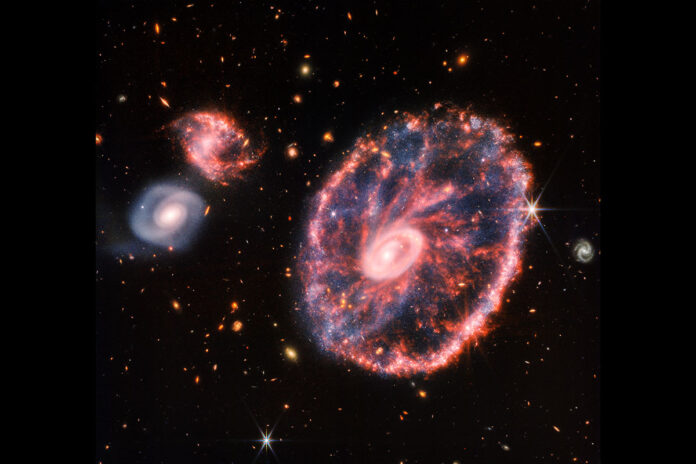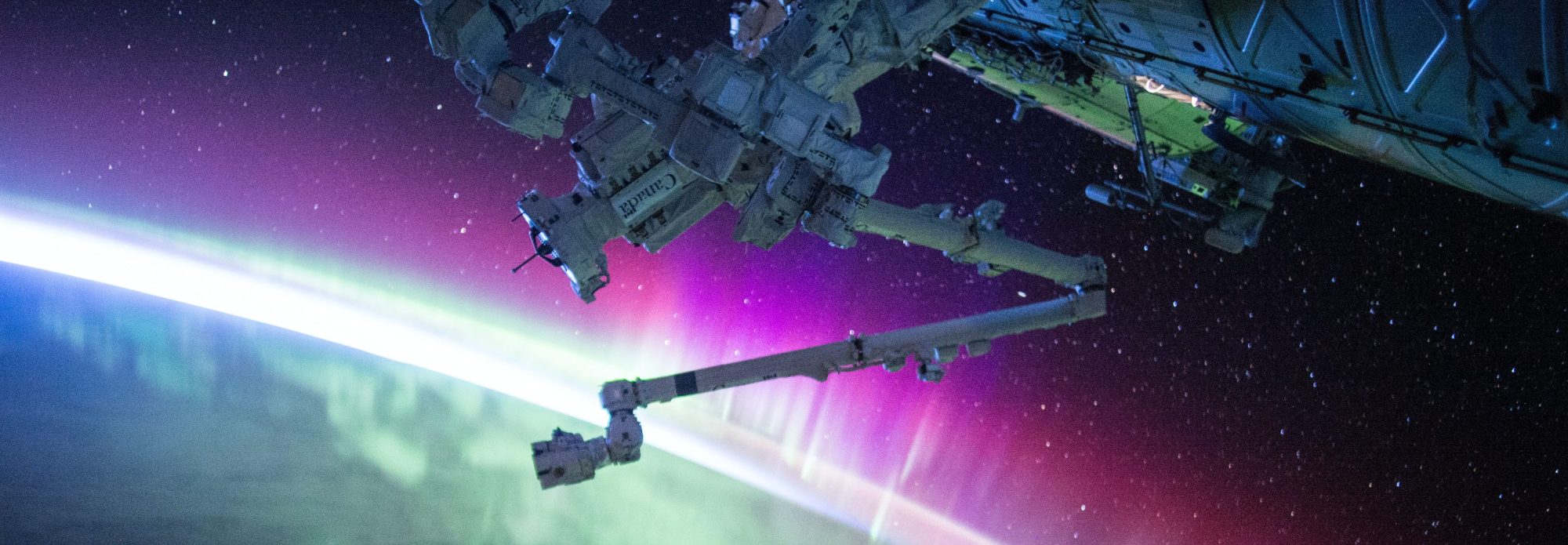

Webb is an infrared telescope, viewing the light that is invisible to the human eye, which is why it was able to capture new details other instruments could not. The James Webb Space Telescope has delivered a follow-up to its first images that were revealed last month.

The Hubble Space Telescope and other observatories have studied the Cartwheel, but accumulations of dust have obscured the galaxy’s mysteries. Two small companion galaxies also appear in the image. Note that the relationship between north and.

The north and east compass arrows show the orientation of the image on the sky. As the ring expands, it collides with gas, triggering more star formation. Image of the Cartwheel Galaxy, along with two smaller companion galaxies, captured by Webb’s Near-Infrared Camera (NIRCam) and Mid-Infrared Instrument (MIRI), with compass arrows, scale bar, and color key for reference. Webb is the premier observatory of the next decade, serving thousands of astronomers worldwide. The Webb telescope is the most powerful telescope ever built, and it continues to capture incredible images. The James Webb Space Telescope (sometimes called Webb or JWST) is a large infrared telescope with a 6.5-meter primary mirror. The flying observatory has picked up new details about star formation and the central black hole in the Cartwheel Galaxy. Meanwhile, the outer ring has been expanding for 440 million years, and it’s where star formation and star death (in the form of supernova explosions) occur. The Cartwheel Galaxy is the latest distant galaxy to get the Webb telescope treatment. By India Today Web Desk: The James Webb Telescope, which began science operations last month, has peered back in time and looked at a galaxy nearly 500 light years away, revealing the chaos churning within. NASA reveals Webb telescope's new images of stars, galaxies and an exoplanet With a hypnotic new image released on Tuesday (Aug. Captured in infrared light by NASA's new James Webb Space Telescope, this image reveals for the first time previously invisible areas of star birth. This landscape of "mountains" and "valleys" speckled with glittering stars is actually the edge of a nearby, young, star-forming region called NGC 3324 in the Carina Nebula.


 0 kommentar(er)
0 kommentar(er)
